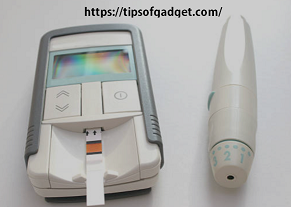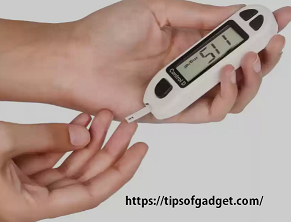Living with diabetes requires constant vigilance, particularly when it comes to monitoring blood sugar levels. Accurate and timely glucose readings are essential for managing the condition and avoiding complications. Over the years, technology has made tremendous strides in this area, and one of the most significant advancements is the development of diabetes machines, or glucometers, that allow individuals to check their blood sugar levels easily and reliably.
The Evolution of Blood Sugar Monitoring
Historically, monitoring blood sugar levels was a cumbersome and often painful process. Early methods involved using urine tests, which were not only imprecise but also unable to provide real-time data. The introduction of blood glucose meters in the 1970s marked a turning point, offering more accurate readings by measuring glucose levels in a small blood sample obtained through a finger prick.
Over the decades, glucometers have become more sophisticated, smaller, and user-friendly. Modern devices can deliver results in seconds and often come equipped with features such as memory storage, data sharing capabilities, and integration with mobile apps.
How Diabetes Machines Work ?
A typical diabetes machine consists of a few key components: the lancet device, test strips, and the glucometer itself. Here’s a step-by-step look at how these devices work:
- Preparing the Lancet: The user inserts a small, disposable needle (lancet) into a lancet device. This device is then used to prick the skin, usually on the fingertip, to obtain a drop of blood.
- Applying Blood to the Test Strip: The blood sample is applied to a test strip, which contains chemicals that react with glucose.
- Inserting the Test Strip into the Glucometer: The test strip is inserted into the glucometer, which reads the chemical reaction and calculates the blood glucose level.
- Displaying the Result: Within a few seconds, the glucometer displays the blood sugar level on its screen.

Innovations in Blood Sugar Monitoring
Recent advancements in diabetes machines are making life even easier for those managing diabetes. Here are a few notable innovations:
Continuous Glucose Monitors (CGMs)
Continuous glucose monitors represent a significant leap forward. Unlike traditional glucometers, CGMs use a sensor placed under the skin to measure glucose levels continuously throughout the day and night. These devices can alert users to high or low blood sugar levels in real-time, allowing for more proactive management.

Integration with Smart Devices
Many modern glucometers and CGMs can sync with smartphones and other smart devices. This connectivity enables users to track their glucose levels over time, share data with healthcare providers, and receive personalized insights and recommendations.
Non-Invasive Glucose Monitoring
While still in the experimental phase, non-invasive glucose monitoring technologies are showing promise. These devices aim to measure blood sugar levels without the need for a finger prick, using methods such as infrared light, ultrasound, or electromagnetic waves.
The Impact on Diabetes Management
The ability to monitor blood sugar levels accurately and conveniently has a profound impact on diabetes management. Regular monitoring helps individuals understand how different foods, activities, and medications affect their glucose levels, allowing for better control and fewer complications.
Moreover, the data collected through these devices can be invaluable for healthcare providers, enabling them to make more informed decisions about treatment plans. For those using insulin, precise glucose monitoring is essential to determine the correct dosage and timing of injections.
Conclusion of Diabetes machine
Diabetes machines have come a long way from the early days of urine tests and rudimentary blood glucose meters. Today’s devices are sophisticated, accurate, and user-friendly, empowering individuals to take control of their diabetes management. With continuous innovations in this field, the future looks promising for even more convenient and non-invasive monitoring options.
As technology continues to advance, the hope is that managing diabetes will become less burdensome, allowing individuals to focus more on living their lives and less on the constant demands of their condition. The diabetes machine is a testament to how far we’ve come and a glimpse into the future of healthcare innovation.
Details Read Link : YouTube

